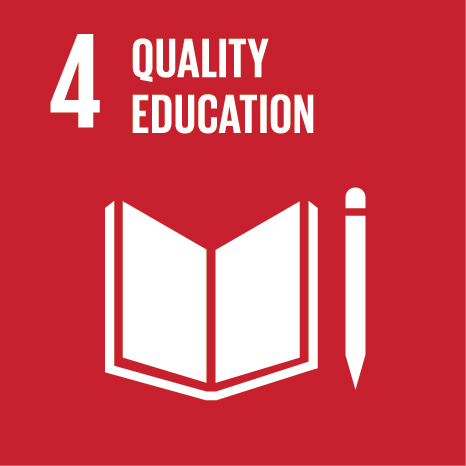Ciência_Iscte
Publications
Publication Detailed Description
MOOC on 'Ultra-dense Networks for 5G and its Evolution': Challenges and lessons learned
2022 31st Annual Conference of the European Association for Education in Electrical and Information Engineering (EAEEIE)
Year (definitive publication)
2022
Language
English
Country
United States of America
More Information
Web of Science®
Scopus
Google Scholar
This publication is not indexed in Google Scholar
This publication is not indexed in Overton
Abstract
Many of the new mobile communication devices will be things that power and monitor our homes, city infrastructure and transport. Controlling drones thousands of miles away, performing remote surgeries or being immersed in video with no latency will also be a huge game changer. Those are some of the few things that make the fifth generation (5G) a revolution expected to be a thrust to the economy. To that end, the design and density of deployment of new networks is also changing becoming more dense, what introduces new challenges into play. What else will it add to previous generations? The MOOC about Ultra-dense networks for 5G and its evolution has been prepared by the researchers of an European MSCA ITN, named TeamUp5G, and introduces the most important technologies that support 5G mobile communications, with an emphasis on increasing capacity and reducing power. The content spans from aspects of communication technologies to use cases, prototyping and the future ahead, not forgetting issues like interference management, energy efficiency or spectrum management. The aim of the MOOC is to fill the gap in graduation and post-graduation learning on content related to emerging 5G technologies and its applications, including the future 6G. The target audience involves engineers, researchers, practitioners and students. This paper describes the content and the learning outcomes of the MOOC, the main tasks and resources involved in its creation, the joint contributions from the academic and non-academic sector, and aspects like copyright compliance, quality assurance, testing and details on communication and enrollment, followed by the discussion of the lessons learned.
Acknowledgements
--
Keywords
Small cells,Energy efficiency,Spectrum and interference management,HetNets,IoT,Massive MIMO,Cell-free,mmWave,VLC,Prototyping,UAV,AR/VR,MOOC
Fields of Science and Technology Classification
- Computer and Information Sciences - Natural Sciences
- Electrical Engineering, Electronic Engineering, Information Engineering - Engineering and Technology
Funding Records
| Funding Reference | Funding Entity |
|---|---|
| 813391 | Comissão Europeia |
Contributions to the Sustainable Development Goals of the United Nations
With the objective to increase the research activity directed towards the achievement of the United Nations 2030 Sustainable Development Goals, the possibility of associating scientific publications with the Sustainable Development Goals is now available in Ciência_Iscte. These are the Sustainable Development Goals identified by the author(s) for this publication. For more detailed information on the Sustainable Development Goals, click here.

 Português
Português



